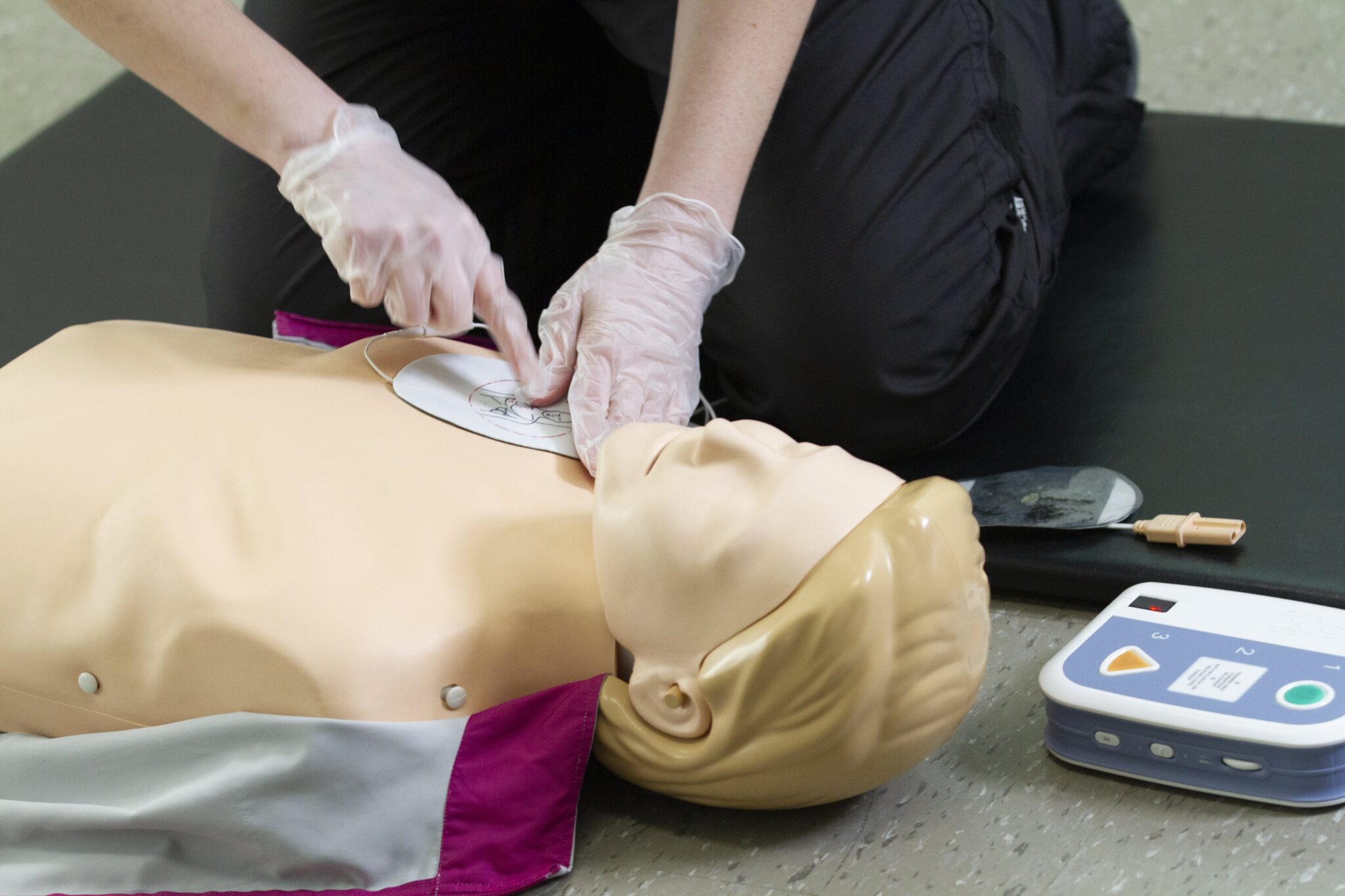
Safety Training Seminars in San Jose offers American Heart Association-certified Basic Life Support (BLS) courses tailored for healthcare professionals and individuals interested in life-saving skills. These courses feature hands-on training, combining online learning with in-person skills testing to ensure practical experience.
With flexible scheduling, including evening and weekend options, participants can complete their training without disrupting their routines. Graduates receive their certification card immediately upon completion, valid for two years. Invest in skills that could save lives by joining a trusted training provider in San Jose today.
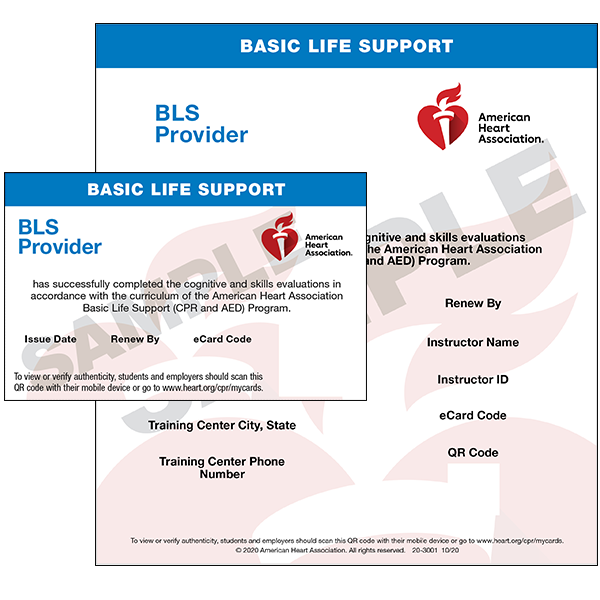
Basic Life Support
Online Course: 1-2 hours
Skills Testing: 30 minutes
100% Pass Rate Guaranteed
Lowest Prices In California
Receive Card On Class Day
Thousands of 5 Star Reviews
CE Credits to CA Dentists
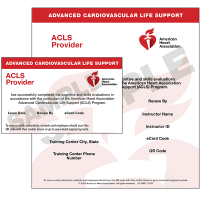
Advanced Cardiac Life Support
Online Course: 2-3 hours
Skills Testing: 30 minutes
100% Pass Rate Guaranteed
Lowest Prices In California
Receive Card On Class Day
Thousands of 5 Star Reviews
Some Professions: 2-3 CEU
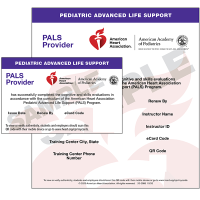
Pediatric Advanced Life Support
Online Course: 2-3 hours
Skills Testing: 30 minutes
100% Pass Rate Guaranteed
Lowest Prices In California
Receive Card On Class Day
Thousands of 5 Star Reviews
Some Professions: 3.75-5 CEU
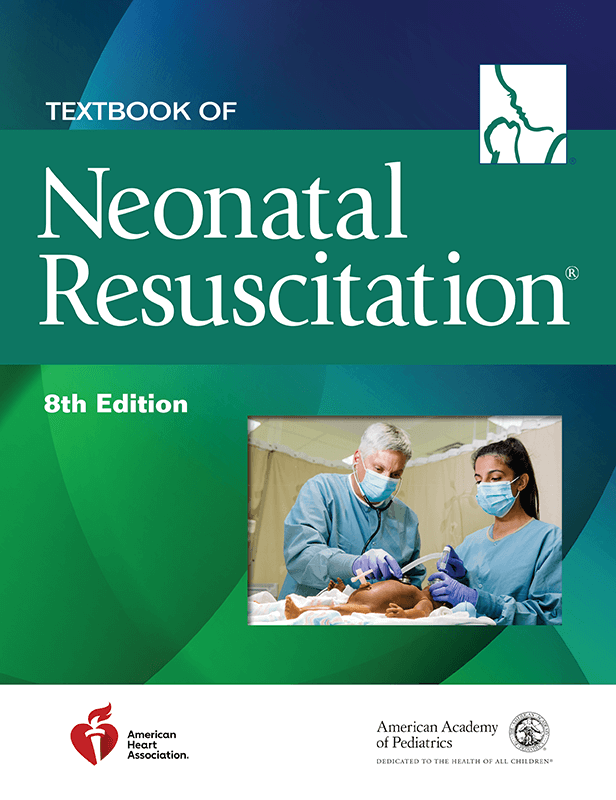
Neonatal Resuscitation Program
Online Course: 2-3 hours
Skills Testing: 3 hours
100% Pass Rate Guaranteed
Lowest Prices In California
Receive Card On Class Day
Thousands of 5 Star Reviews
Some Professions: 4 CEU
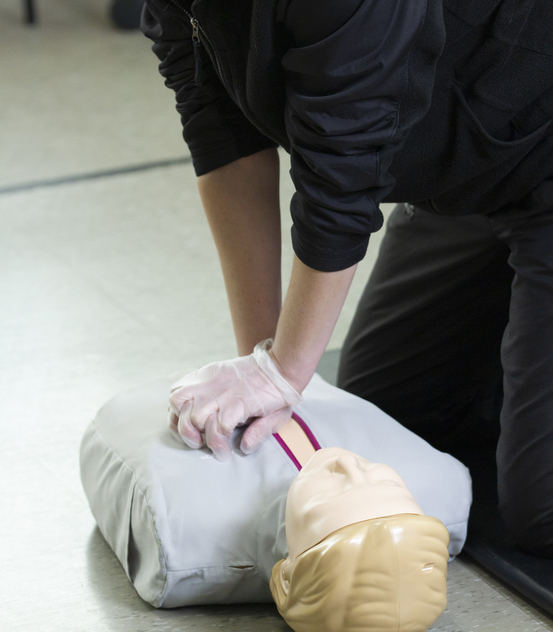
Audience: General public
Topics: CPR for all age groups, AED use, bleeding, epi-pen, etc
Online Session: 1 Hour
Skills Testing: 30 minutes
Card: Safety Training Seminars
Certification: Valid 2 years
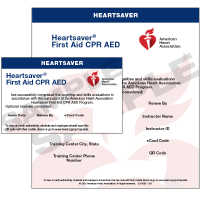
Audience: General public
Topics: CPR for all age groups, AED use, bleeding, epi-pen, etc
AHA Online Course: 1-2 Hours
Skills Testing: 30-45 minutes
Card: American Heart Association
Certification: Valid 2 years
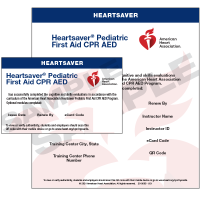
Audience: CA childcare providers
Topics: CPR for all age groups, AED use, bleeding, epi-pen, etc
AHA Online Course: 1-2 Hours
Skills Testing: 30-45 minutes
Card: American Heart Association
Certification: Valid 2 years

Audience: Childcare providers
Topics: Lead poisoning, nutrition, infectious disease,etc
Zoom Course: 8 Hrs (state law)
Skills Testing: 30-45 minutes
Card: EMSA Health & Safety
Certification: No expiration
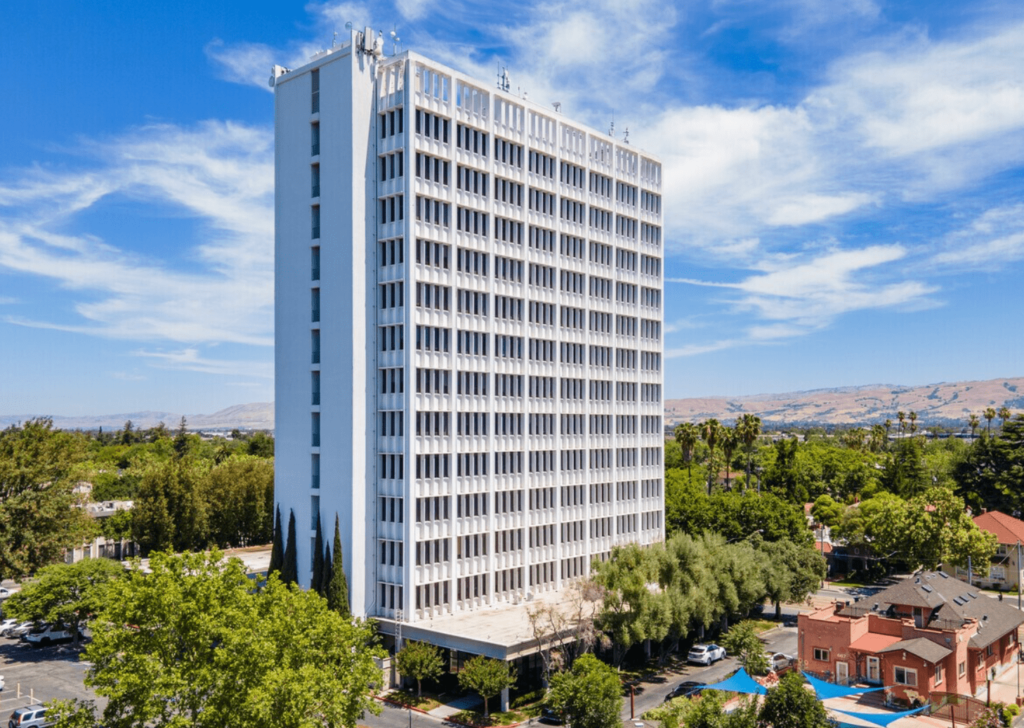
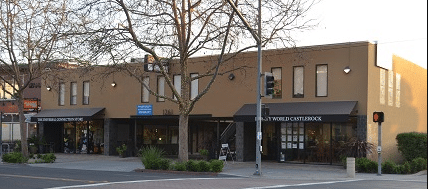
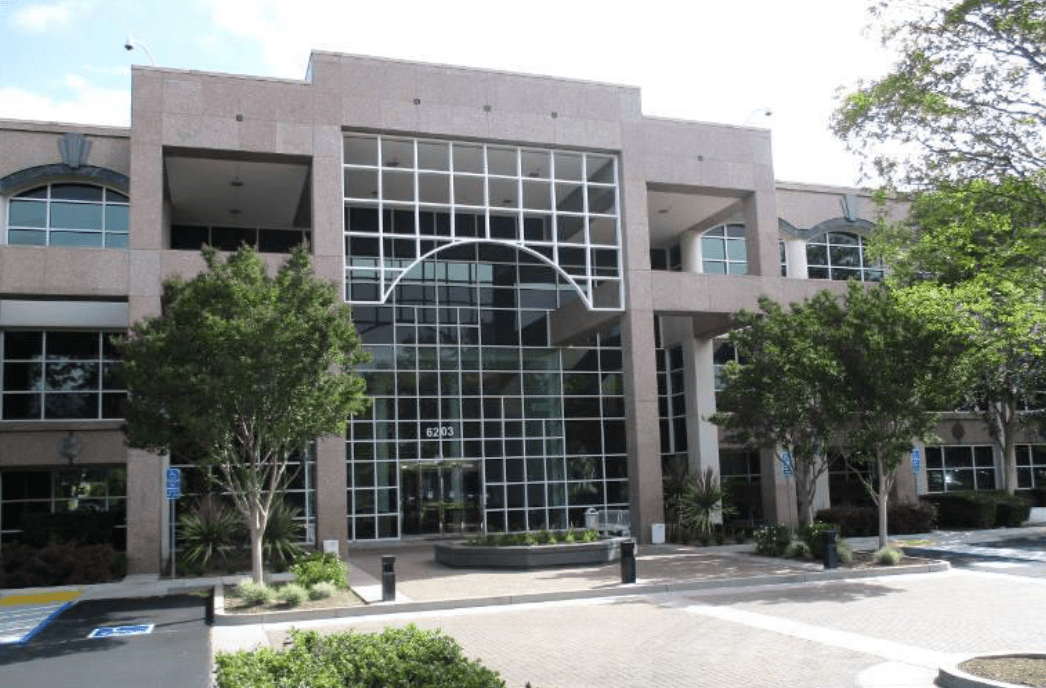
Safety Training Seminars offers the most affordable American Heart Association BLS courses in San Jose, backed by a low price guarantee.
Safety Training Seminars provides American Heart Association BLS cards on the same day as your class in San Jose, while other providers may take weeks.
Safety Training Seminars is an official American Heart Association BLS Training Center (20784), fully licensed to operate across the United States.
Safety Training Seminars delivers outstanding customer service, with staff available every day from 7 am to 7 pm, including weekends, to assist San Jose clients.
Safety Training Seminars has over 70 offices across California, with two convenient locations in San Jose to help you renew your AHA BLS card.
Safety Training Seminars is trusted by more than 10,000 customers who have left 5-star reviews, highlighting our commitment to excellent service.
Safety Training Seminars in San Jose is proudly woman-owned by Laura Seidel, who is dedicated to providing exceptional customer care.
Safety Training Seminars offers daily BLS classes in San Jose, with flexible evening and weekend schedules designed to suit your needs.
The ACLS renewal course is designed for healthcare professionals such as paramedics, nurses, physicians, and other medical staff who manage cardiovascular emergencies and need to renew their certification.
If you recently attended an American Heart Association training at our San Jose location, we’d love to hear about your experience! Your honest review on Google, Yelp, or Facebook not only helps us improve, but also makes it easier for others in the San Jose community to find and trust our life-saving training programs.
As a women-owned small business, we’re proud to serve the vibrant San Jose area. Your support goes a long way in helping us continue offering high-quality training to those who need it most. Many of our students are referred by local nurses, teachers, parents, and professionals who’ve completed our programs. Your input plays a big part in building this network of life-savers and spreading essential skills throughout our community.
Whether you’re new to CPR training or a seasoned professional sharpening your skills, your feedback matters. Thank you for taking a moment to share your experience and helping us reach more of our San Jose neighbors!
Safety Training Seminars in San Jose provides top-notch Basic Life Support (BLS), CPR, and First-aid classes designed for individuals and professionals committed to safety and preparedness. These courses equip students with essential life-saving skills, whether responding to cardiac arrests, performing first-aid for injuries, or managing emergencies until help arrives. With hands-on practice and real-world scenarios, participants leave feeling confident and ready to handle critical situations.
The benefits of these classes extend far beyond the individual. By contributing to a more prepared and responsive community, each trained participant helps create a safer environment for families, workplaces, and public spaces. Nurses, teachers, parents, and professionals alike gain invaluable skills that can make all the difference in emergencies. Students also benefit from courses aligned with American Heart Association guidelines, ensuring the highest industry standards are met.
At Safety Training Seminars, professionalism and flexibility are hallmarks of the learning experience. Classes are led by experienced instructors who prioritize clear communication and hands-on engagement. Whether you’re renewing a certification or learning for the first time, the supportive environment at the San Jose location ensures every student succeeds. By taking part, you’re not just learning a skill – you’re committing to making a meaningful difference in your community.
San Jose, CA, is home to top-tier healthcare facilities and near leading medical schools. Regional Medical Center of San Jose provides advanced trauma care, cardiology, and neurology services, ensuring comprehensive support for patients. Good Samaritan Hospital excels in maternity care, stroke treatment, and orthopedic services, serving as a critical healthcare provider in the area. While San Jose lacks a dedicated medical school, nearby Stanford University School of Medicine offers premier education, groundbreaking research, and innovative clinical care, influencing the region’s medical landscape. Together, these institutions create a strong health network, supporting both patient wellness and the advancement of medical science.
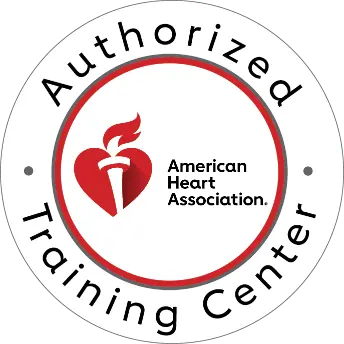
Customer reviews showcase the level and quality of service a website provides.
Trustindex collaborates with 133 review platforms to provide website visitors easy access to all real and verified reviews in one place.
Reviews from other platforms are displayed and added to the ratings only if they are proven spam-free and meet Trustindex's guidelines.
Trustindex continuously measures the satisfaction of your customers based on evaluations. Less than 1% of the customers surveyed indicated a problem.
The website's contact information and business information has been independently verified by Trustindex.
The website is constantly checked for security issues by Trustindex.

Websites that continuously maintain a high level of customer satisfaction and comply with a high level of security protocol can obtain a Trustindex certificate. When shopping, look for Trustindex certificates and buy with confidence.
More details »
For businesses
Build trust and increase sales with Trustindex certification.
More details »